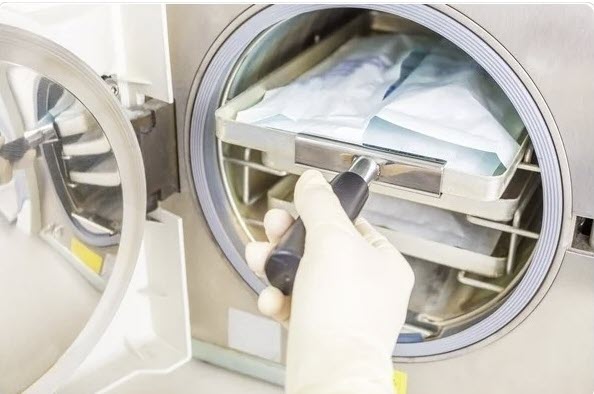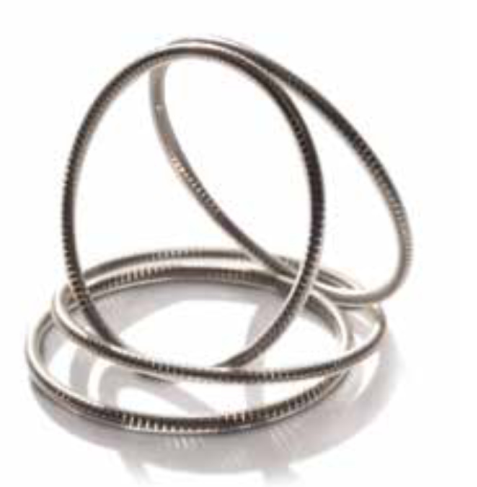In the world of mechanical seals, choosing suitable materials for seal face combinations is crucial for ensuring optimal performance and longevity of your sealing solutions. Among the most reliable and effective materials used in the industry are FEP-Viton® (FPM/FKM) and FEP-Silicone. These materials offer exceptional properties that make them suitable for various applications. Let’s delve into what makes these combinations stand out and how they can benefit your sealing needs.

What is FEP?
FEP, or Fluorinated Ethylene Propylene, is a type of fluoropolymer known for its excellent chemical resistance, low friction, and high-temperature stability. It provides a tough, protective outer layer that enhances the durability and performance of the underlying elastomer.
FEP-Viton® (FPM/FKM) Seal Face Combinations
Viton® (FPM/FKM): Viton®, also known as FPM or FKM, is a high-performance fluoroelastomer that offers exceptional resistance to heat, chemicals, and oils. It is widely used in applications that demand high durability and reliability under harsh conditions.
Benefits of FEP-Viton® Seals:
- Enhanced Chemical Resistance: The combination of FEP with Viton® ensures superior resistance to aggressive chemicals, making it ideal for chemical processing.
- High-Temperature Stability: Viton® can withstand temperatures up to 200°C (392°F) and, when paired with FEP, offers even more excellent thermal stability.
- Improved Durability: The FEP outer layer protects the Viton® core from wear and tear, extending the seal’s life.
- Low Friction: FEP’s low friction properties reduce wear and improve the efficiency of the sealing system.
Applications:
- Chemical processing
- Oil and gas industry
- Automotive industry
- Aerospace applications
FEP-Silicone Seal Face Combinations
Silicone: Silicone elastomers are known for their excellent flexibility, thermal stability, and biocompatibility. They are widely used in applications requiring a soft, pliable material to maintain its properties over a broad temperature range.
Benefits of FEP-Silicone Seals:
- Biocompatibility: The combination of FEP and silicone is ideal for medical and pharmaceutical applications due to its non-reactive and biocompatible nature.
- Temperature Range: Silicone can operate efficiently across a wide temperature range (-60°C to 200°C or -76°F to 392°F), making it versatile for various environments.
- Flexibility: Silicone’s inherent flexibility ensures excellent sealing performance, even in applications with dynamic or irregular surfaces.
- Enhanced Durability: The FEP layer provides additional protection, ensuring the silicone core remains intact and functional over extended periods.
Applications:
- Medical devices
- Food and beverage industry
- Pharmaceutical industry
- Electronics
Why Choose FEP-Viton® and FEP-Silicone Seals?
Combining FEP with either Viton® or silicone creates a sealing solution that leverages the best properties of both materials. These seals are designed to withstand extreme conditions, resist aggressive chemicals, and operate efficiently across a broad temperature range. Their enhanced durability and low maintenance requirements make them cost-effective for demanding applications.
Conclusion
FEP-Viton® (FPM/FKM) and FEP-Silicone seal face combinations significantly advance sealing technology. These seals meet the rigorous demands of various industries by offering superior chemical resistance, high-temperature stability, and exceptional durability. Whether you are in the chemical processing, medical, or automotive sector, these advanced seal combinations can provide reliable performance and extend the life of your equipment.
Contact us today to learn more about these innovative sealing solutions and find the perfect fit for your application needs!


